What is aquaculture?
Aquaculture is the cultivation and reproduction of animal aquaculture species, such as fish or molluscs, or vegetables such as algae, in fresh or salt water. That it is made for the feeding, human, of other species of animals, or production of raw materials. It is executed in greater proportion with animal species than in vegetables, due to its greater profitability. In this article we will focus on the production of animal species
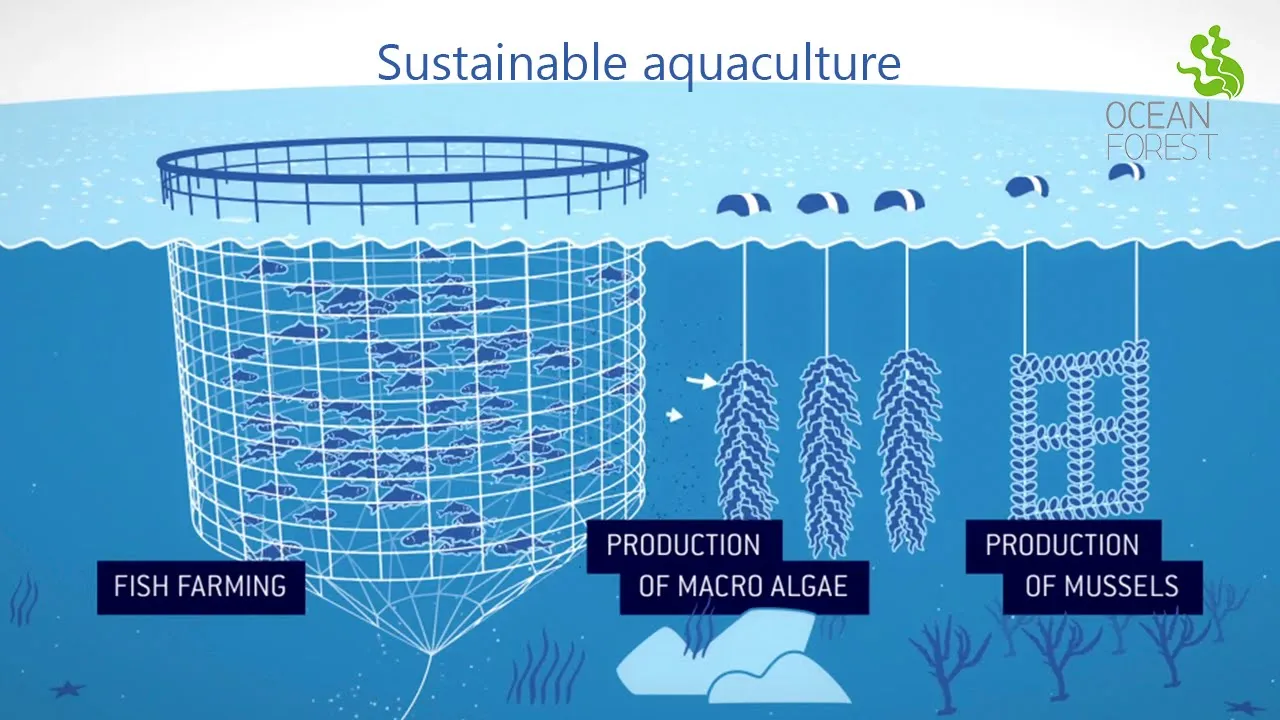
The economic benefits of aquaculture
This activity has achieved the increase of the production of aquatic species by the capacity on the control of the optimal climatic conditions for the development of the species and protection of the predators. The benefits of this activity have been observed in the increase in tons, production, number of cycles / year, number of individuals / year by species, development and survival rates, among others.
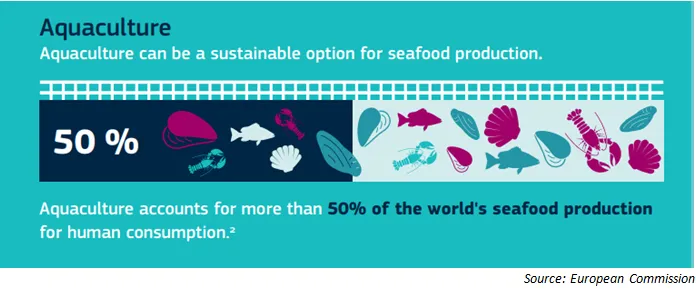
8 Types of best-known aquaculture crops.
- Seaweed cultivation
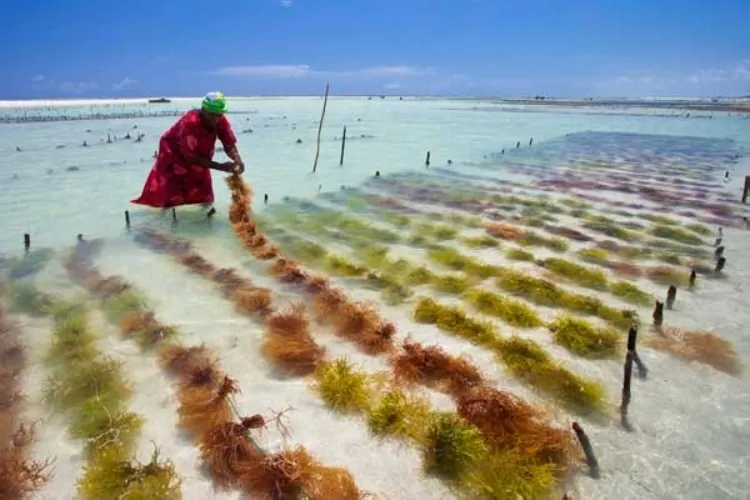
- Shrimp farming
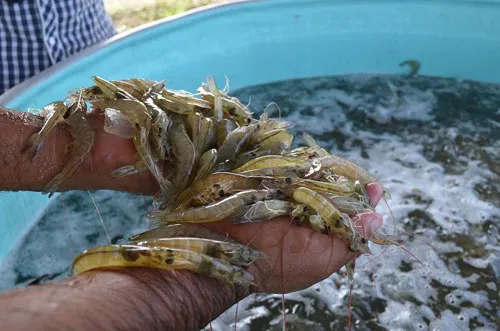
- Pisciculture
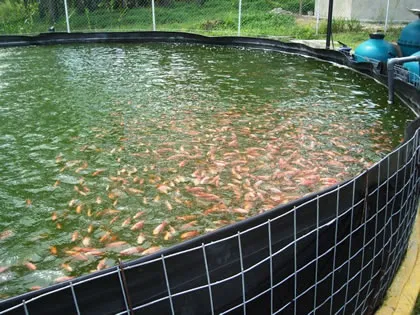
- Bivalve molluscs

- Auxiliary aquaculture crops (Microalgae)
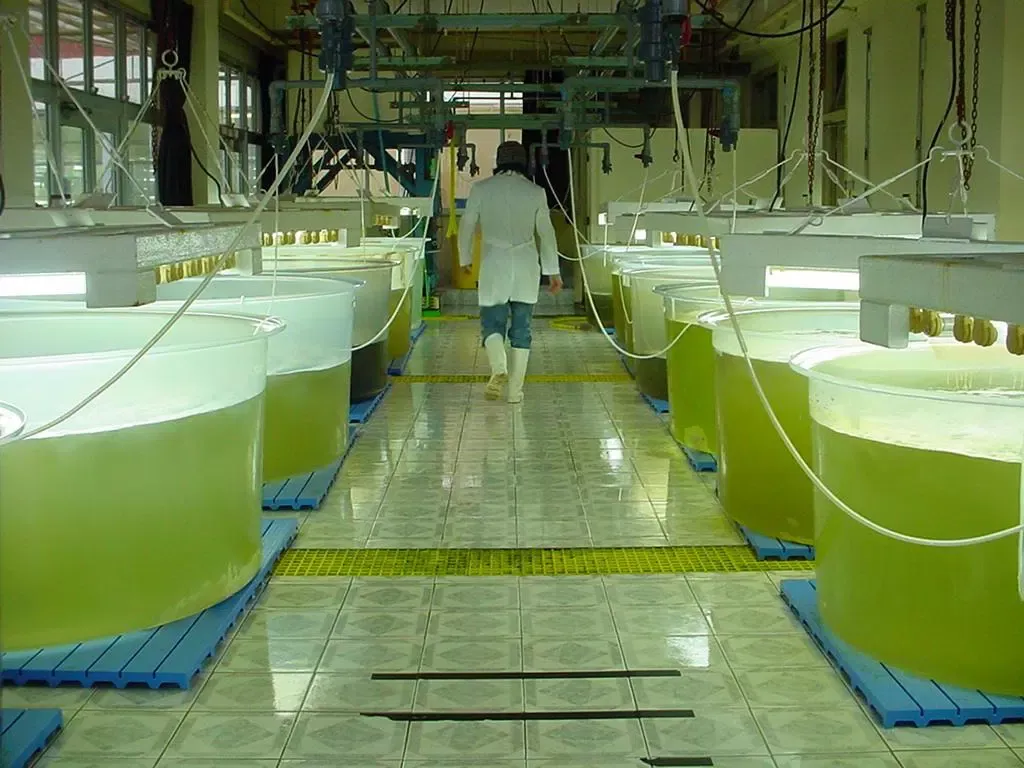
Image Source
Biological cycle of aquatic species in 2 stages
The life cycle of aquaculture species is completed in 2 phases or stages:
1st Phase
This phase includes the reproduction and production of larvae and postlarvae or fry. The incubation process that varies in number of days according to the species, 18 - 24 hours in some species. 3 or 4 days, in others, for example. In the case of trout, up to 28 days.
2nd Phase
This phase ranges from the postlarva or alevin to the attainment of individuals with commercial size. In this stage the animal must live off its own body reserves (yolk sac). Likewise, this absorption or consumption of the yolk sac will depend on the species. It can last 1, 4, 10 or more days. Once the yolk sac has been absorbed, it must begin to provide inert or live food.
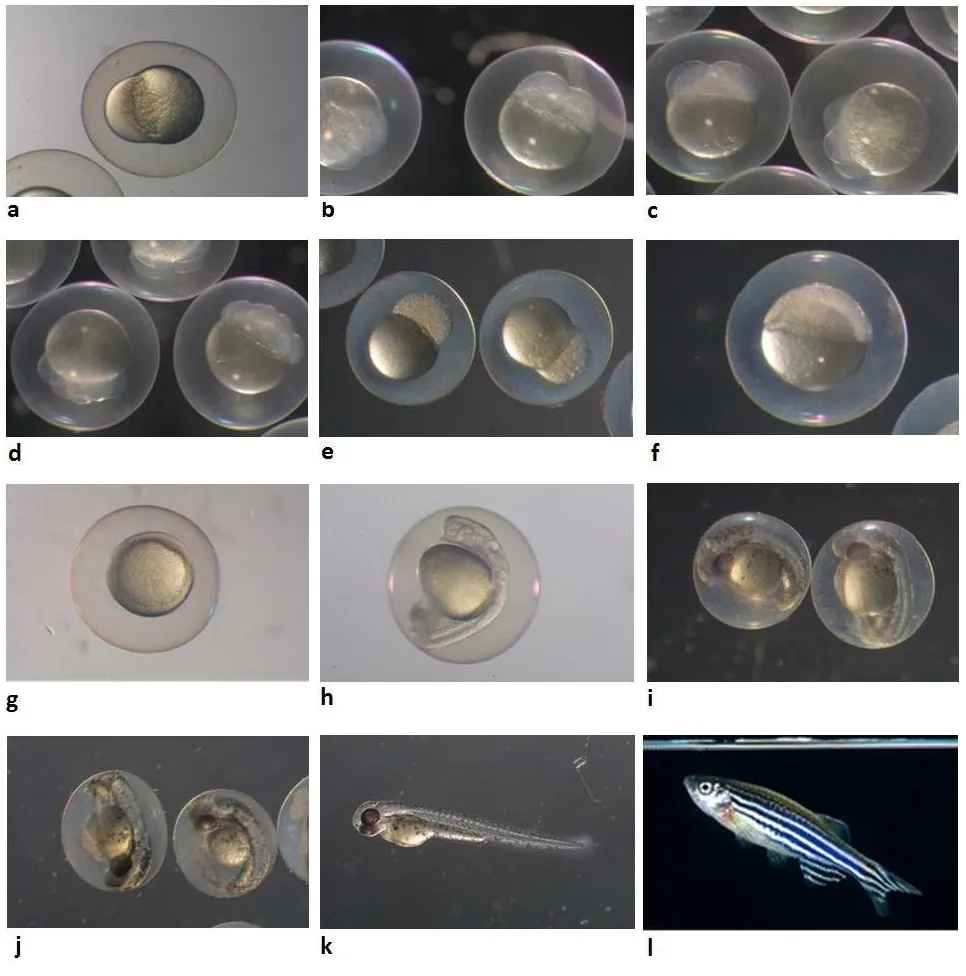
Embryonic development of the zebrafish.
What is live food for aquaculture species?
It is a type of food that some species consume for the first time in this postlarva stage, since not all are able to consume inert or dry food, which is what is obtained in commercial houses. Live food are those aquatic organisms, whether they are vegetables such as algae, microalgae, protista kingdoms as protozoa or the animal kingdom as rotifers, copepods, etc.
This feeding modality will not consume it throughout its life cycle, but more or less at 3 or 4 weeks after consuming the yolk sac, it can begin to combine with inert food in those species that receive it or they can be started to give forage fish. An example of live food is the micro crustacean Daphnia magna
A highly recommended live food: Daphnia magna
In Aquaculture, Daphnia magna microcrustacean is usually used as a live food. This species belonging to the order of the Cladocerans, family Daphnidae, lives in water duce or salty and its size varies in 3.2 and 5 mm in length. It is used as live food in different stages of postlarva. This crustacean, anatomically, has head, trunk and legs. Its reproduction can be sexual or asexual. In asexual reproduction there are more than 90% of females by parthenogenesis, which provide the final population.
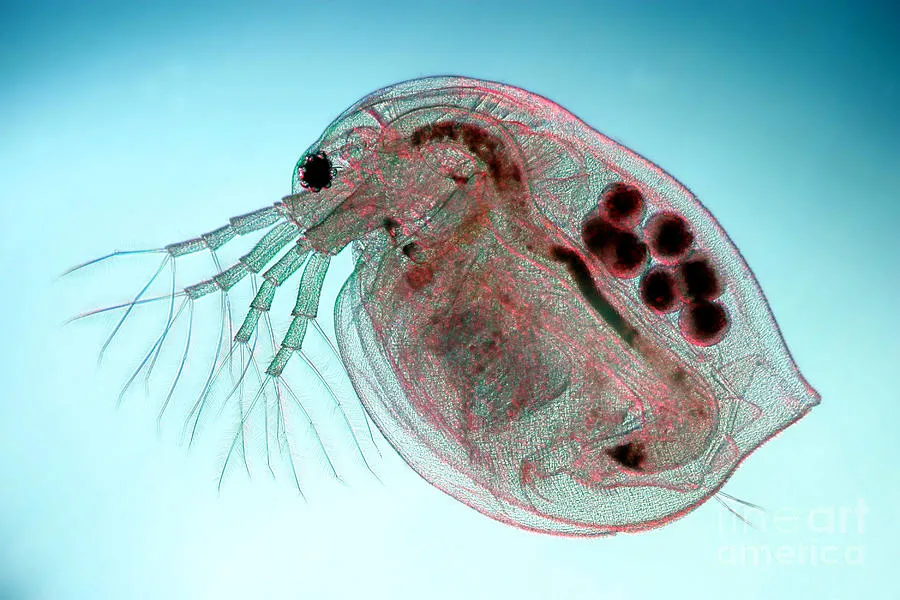
Daphnia magna
Interesting activity, but be very careful!
Aquaculture is a meticulous and very interesting activity, in which we must be as careful as possible, since any neglect can cause unfortunate losses. To avoid this, it is recommended to always provide the species with optimal conditions in terms of physical, chemical and biological parameters of water, nutrition and space. And be very attentive to changes in the behavior or appearance of the animal. The professionals trained for this work are the graduates and specialists in the area of aquaculture, the Agricultural Engineers Zootecnistas and the Marine Biologists. Taking all these factors into account can help you successfully achieve your aquaculture production.